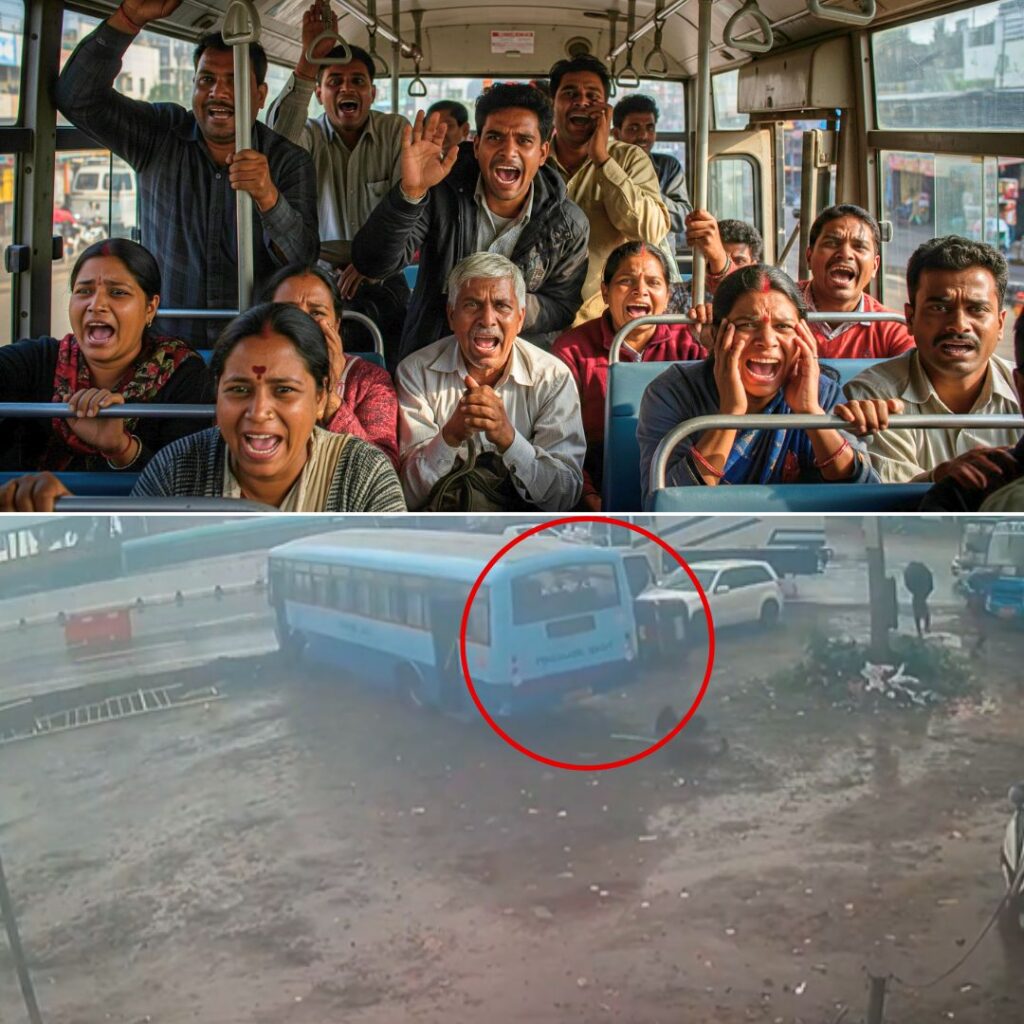The government’s approval to sell 26% of the shares of India’s leading defence equipment manufacturer, BEML, to the private sector is will mark the first time in Indian history that the Ministry of Defence will lose control over one of its own companies (more here).
The government has also announced that similar strides will be made with ten other public sector companies. It says this is to increase profits, efficiency and to meet its deficit goal. However, critics have said that this is an effort of the government to allow back-door entry to corporates in the defence sector.
In light of recent developments, one might wonder about the consequences of having private defence manufacturers. India has nine public-sector defence manufacturers and most of its indigenous defence manufacturing belongs in the public sector, with the government. However, now, with the private sector poised to take a larger role in defence manufacturing, it will be apt to try to understand defence manufacturing around the world, and the consequences of privatising it.
There is a sizeable private presence in India’s defence sector already. That scenario is different from what we are talking about here – that is, the fate of BEML – which is ownership of defence companies by the private sector, where the government’s stake itself is a minority proportion.
By no means is the corporate-military nexus in India as corrupted as the same in the West. However, seeing as we are refusing to learn from their mistakes, we seem doomed to the same fate.
Defence manufacturing around the world
The arms industry or the defence industry is a global industry responsible for the manufacturing and sales of weapons and military technology. It consists of a commercial industry involved in the research and development, engineering, production, and servicing of military material, equipment, and facilities. Arms-producing companies produce arms for the armed forces of states and civilians.
Departments of government also operate in the arms industry, buying and selling weapons, munitions and other military items.
Many industrialised countries have a domestic arms industry to supply their own military forces. Some countries also have a substantial legal or illegal domestic trade in weapons for use by its citizens, primarily for self-defense, hunting or sporting purposes. Illegal trade in small arms occurs in many countries and regions affected by political instability. (The Small Arms Survey estimates that 875 million small arms circulate worldwide, produced by more than 1,000 companies from nearly 100 countries.)
The Stockholm International Peace Research Institute (SIPRI) estimated in 2012 that military expenditures were roughly $1.8 trillion. This represents a relative decline from 1990 when military expenditures made up 4% of world GDP. Part of the money goes to the procurement of military hardware and services from the military industry.
The five biggest exporters in 2010–2014 were the United States, Russia, China, Germany and France, and the five biggest importers were India, Saudi Arabia, China, the United Arab Emirates and Pakistan.
Privatisation of defence
As mentioned above, many industrialised countries have a domestic arms industry to supply their own military forces. Contracts to supply a given country’s military are awarded by governments, making arms contracts of substantial political importance. Various corporations bid for these contracts, which are often worth many billions of dollars.
The end of the Cold War left the defence industry at a major turning point. During the Cold War, countries maintained their own defence industries, constantly ready to respond to threats. And nations knew where the threat was likely to arise – the Cold War period offered that kind of certainty. This helped both defence planners and defence companies, ensuring a thriving nexus between defence corporations, the military, and the government.
However, after the Cold War, the world looked very different. Defence spending fell by about a third between 1989 and 1996. 24 of the 100 largest defence companies in 1990 had left the industry by 1998. Those that remained grew larger through a series of consolidating mergers. A more collaborative international security community appeared to be emerging to respond to what were largely regional outbreaks of war. The defence industry was by no means obliterated, but it reinvented itself to accommodate to an environment that had transitioned from a state of omnipresent war to one of regional warfare.
Share of arms sales of companies, by country. The military-industrial complex The military-industrial complex (MIC) is a phrase coined by former US President Dwight Eisenhower to denote the growing nexus between defence manufacturers and a nation’s military. Over the years, it has been rephrased to “military-industrial-congressional complex” to add the influence MIC has on politics. In some…









